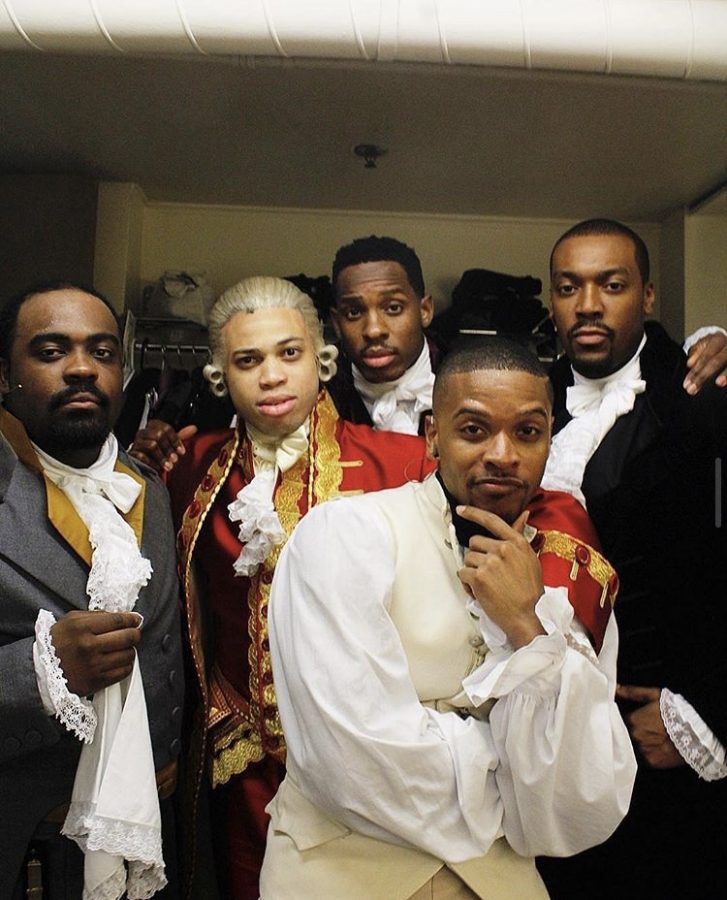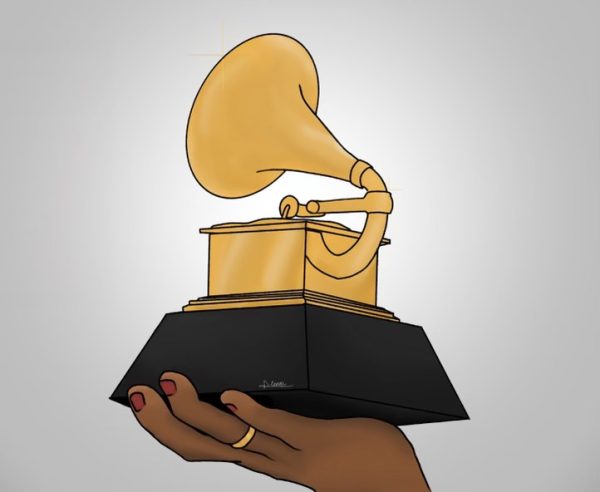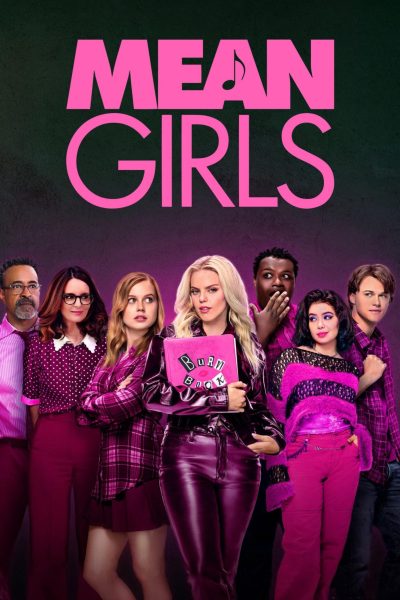Commentary: When is it okay for the race of a character to change?
The cast of Hamilton, pictured above, is comprised of many people of different races than the historical characters they depict.
While issues of inequality continue to plague the United States, our country has made great strides in balancing the scales for oppressed individuals in a variety of industries.
And yet it seems like the entertainment industry has only recently begun to recognize the culture shift and still continues to stifle many voices. Hollywood has been accused multiple times of whitewashing characters, like in the 2016 film “Doctor Strange” where the Ancient One, who is an Asian character, was played by a white actress.
Contrasting this, the musical Hamilton cast many people of color to play the white Founding Fathers and was praised for being diverse and subversive. Many reviews and critics claimed that anyone can play anyone and that race shouldn’t play a role in casting.
So what makes one of these situations whitewashing and the other subversive? How should we decide what is breaking down restrictive norms and what is in bad taste? When adapting a character into a new medium, you have to consider if the character is fictional or not and if the character’s race is important to their identity.
In the past few years, there has been talk of Idris Elba, a black man, playing James Bond, who is a white character. While certain people are opposed to the idea to preserve the original material, in the mainstream, James Bond’s race only serves as supplementary detail with no real effect on the plot of the story. This changing of race is appropriate because James Bond is a fictional character whose race isn’t part of his identity.
In this same line of thought, it would not be respectful for a white actor to play the Black Panther because Wakanda (the fictional African country the Black Panther lives in) is a large part of the setting and plots involving the Black Panther. So despite the Black Panther being fictional, changing the race of the character would be changing a key component of the character’s identity.
This issue can also occur in reverse. Although this isn’t criticized as often, it is still unjust to replace a white character whose race is an important part of their identity with a person of color. This isn’t about limiting people of color’s representation in the media, but about giving an accurate portrayal of the source material where it really matters.
When looking at Hamilton it may be easy to jump to the conclusion that since the Founding Fathers were real people, they should be cast accurately and be played by white actors, but there are actually many more layers to this situation.
To me, Hamilton is a work of fiction and the characters are only meant to be stand-ins for the historical figures, not actual representations. The creator, Lin Manuel Miranda, has made it clear that these are more akin to original characters than real people. The real-life Thomas Jefferson clearly did not act like how Hamilton’s Jefferson acts.
Furthermore, Hamilton’s diverse cast adds to an important theme of the musical: that in the United States, your race shouldn’t matter. Our country is a multicultural population, and by representing these historical figures with people of color, Hamilton depicts an idealized form of the United States.
Furthermore, Hamilton’s diverse cast adds to an important theme of the musical: that in the United States, your race shouldn’t matter. — Justin Ha
The United States is the melting pot of different cultures and ethnicities and the diverse cast plays into that idea.
While race isn’t always integral to characterization, saying that anyone can play anyone is shortsighted of the role that ethnicity can play in a character’s identity.

Justin is a senior and co-editor-in-chief. This is his fourth year on the Gazette staff.



















Ethan G • Oct 30, 2020 at 8:21 am
I feel that sometimes it is okay to change the race of characters in non impact shows, or recent shows as to not have a great effect, versus doing something like changing a long time marvel or DC character.